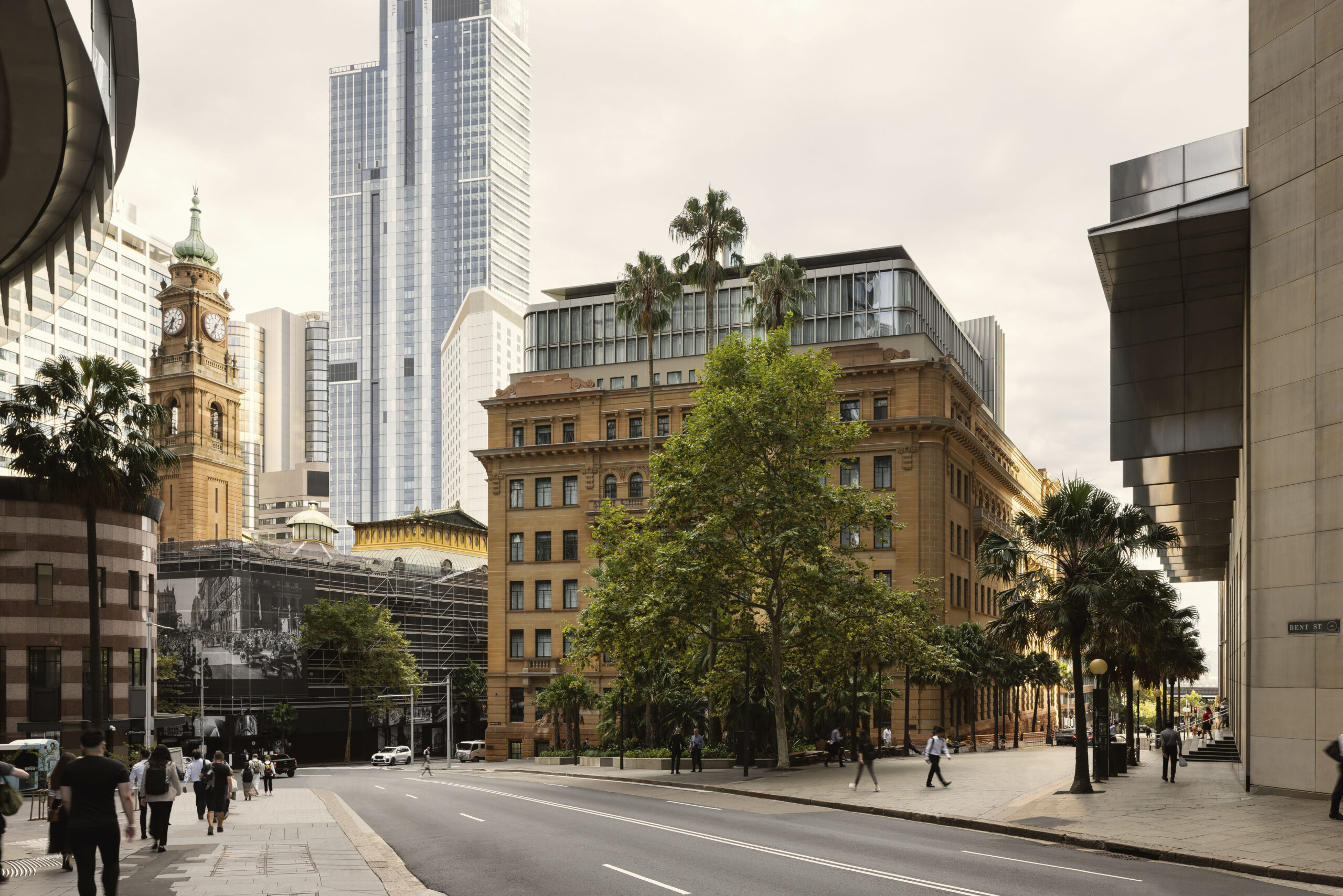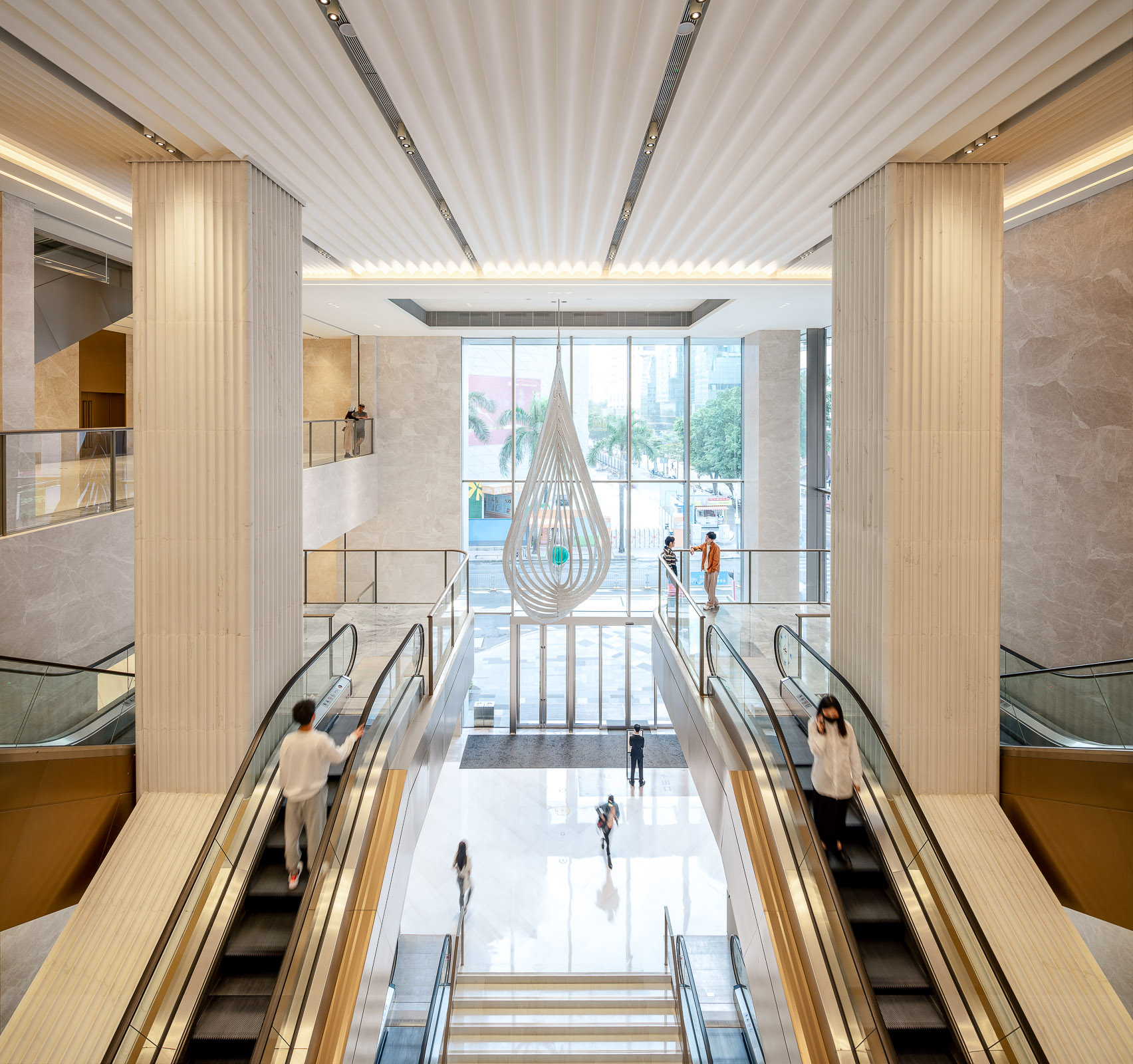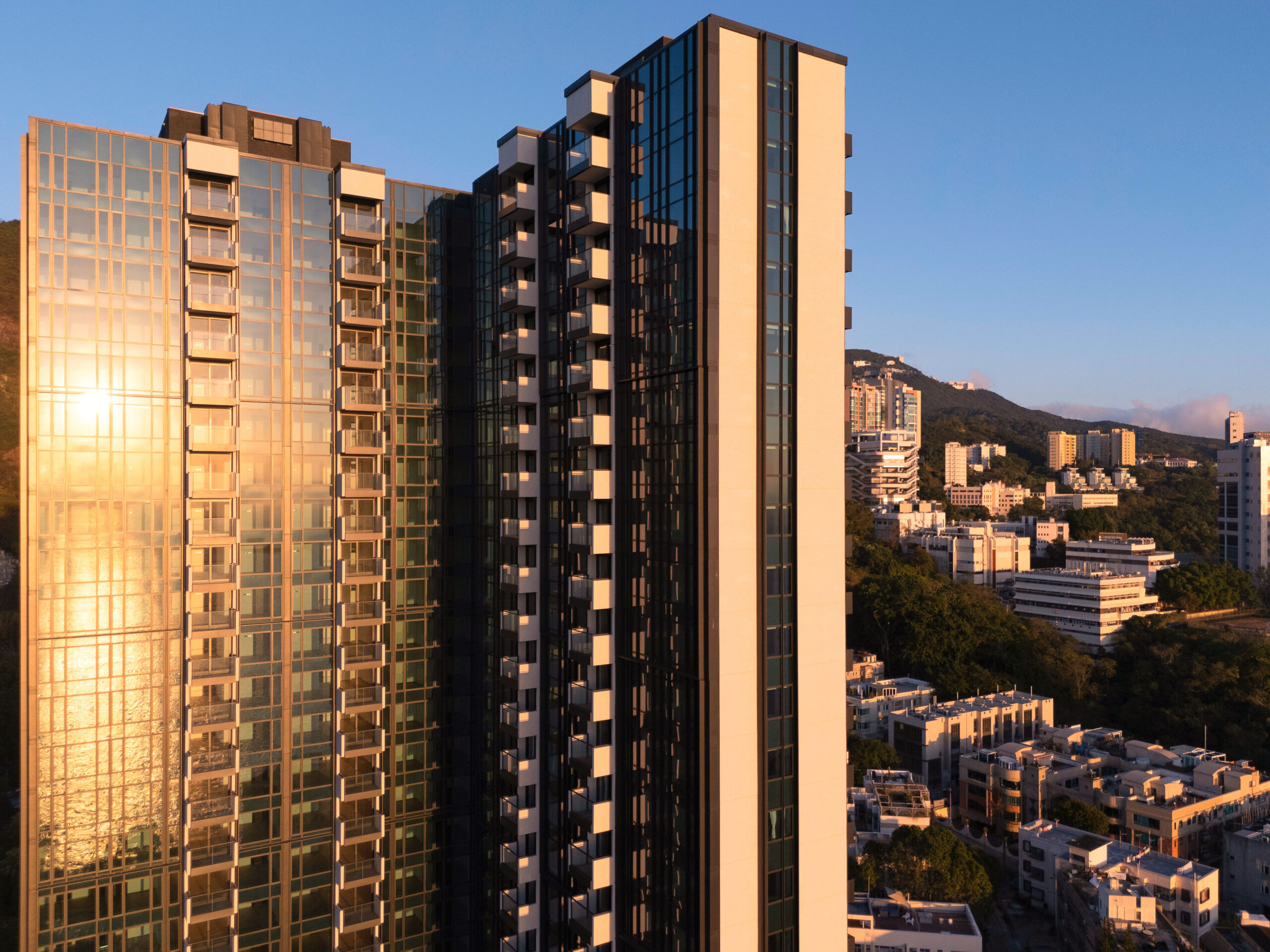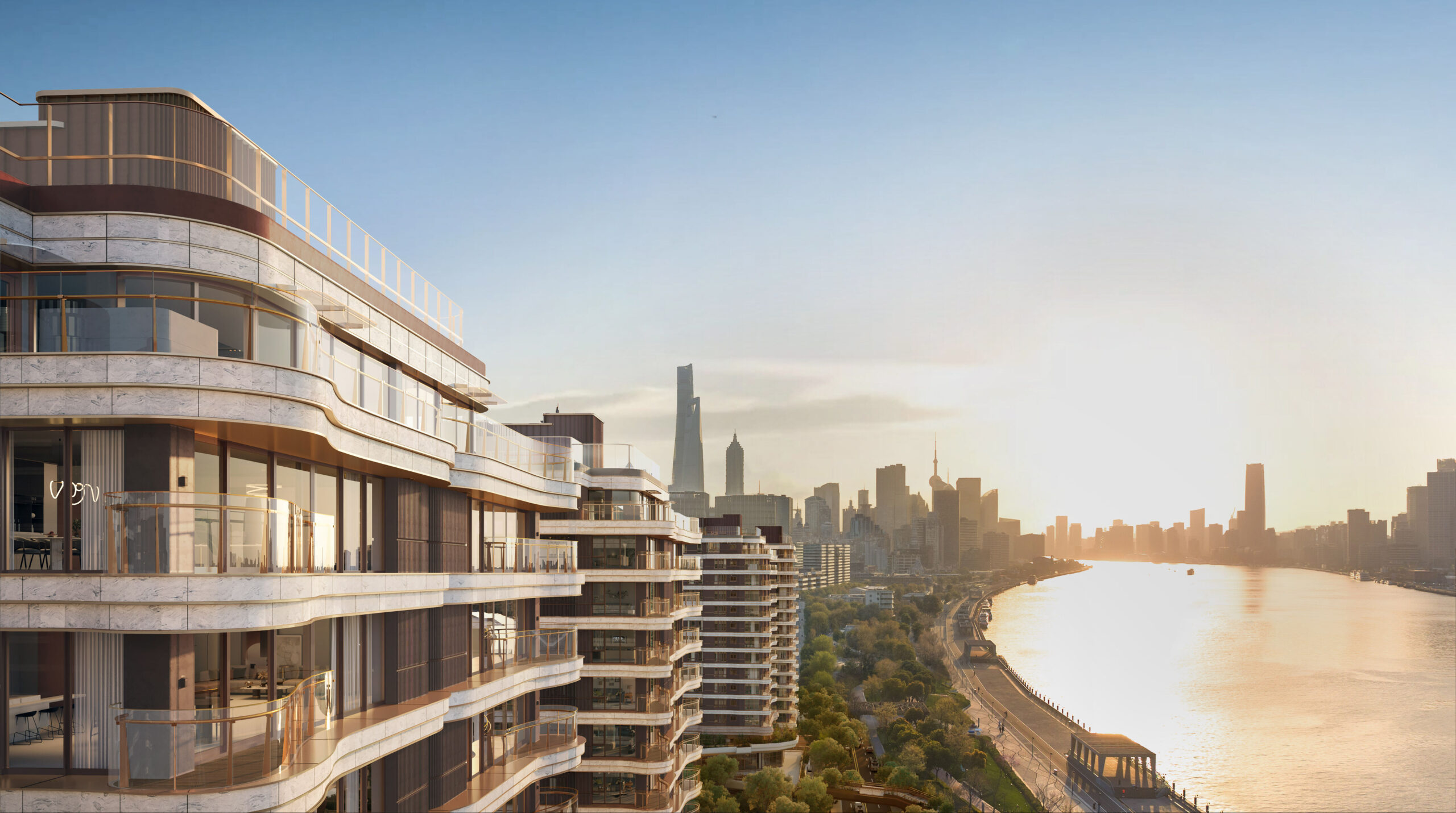

Complement the online shopping culture
While online shopping will only continue growing, there are ways bricks-and-mortar retail can offer services which complement it and make it even more convenient for consumers. One of the key disadvantages of online shopping is the inability to try things on before buying, which leads to customers purchasing several sizes or styles of the same item before deciding what to keep and returning the unwanted items.
Click and collect centres, found in both Mall of Scandinavia and The Lobby, are making this process more convenient by providing changing rooms and post office facilities in one place. Customers can have all their deliveries in one place, try them on and immediately send back anything they don’t want, speeding up the entire process by visiting a physical retail destination.

Satisfy other basic needs
Can a shopping centre satisfy other needs beyond purchasing clothing and consuming food and drink? Since today’s technology means we can work and socialise from anywhere at any time, this is a prime opportunity for retail destinations as effectively public institutions to offer flexible spaces where customers can go about their daily activities.
Many of the shopping centres we visited had dedicated mother-and-baby and children’s play areas, as well as cafés and communal seating areas organised in a workstation-like manner, geared towards solo customers. While those areas were there to support the retail use, in the future they could become stand-alone facilities for freelancers, office workers looking for a quiet place to work for an afternoon, away from a noisy open-plan office, or for parents wanting to spend time with their children while running daily errands.
Everyone on the tour agreed that bringing ‘ancillary’ uses and activities into the hearts of retail districts and shopping malls will bring customers back into the shops, as retail flourishes where people go.


Conclusion
The examples discussed show clearly that future of retail is not entirely online. As Mary Portas has observed in the “Clicks meet Bricks” article published in the September issue of the BA Magazine, we are living in exciting times for retail, where choice and competition between various platforms will transform high streets and shopping centres into destinations for new ideas, learning and collaboration, and, more importantly, into places with social value reflecting and serving the communities they are part of. In this context, our role as architects is to help shape and materialise the spaces where those exciting interactions happen.

Click here to read part 1 of this series or click here for part 2.






































































































































































































































































